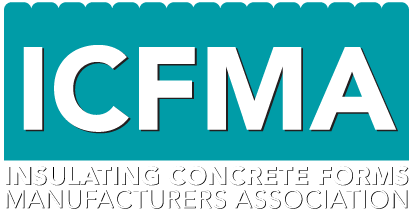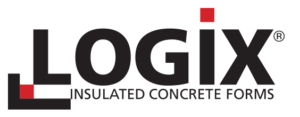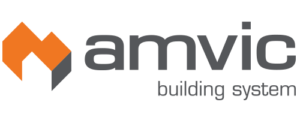Penetrations, Beam Pockets, & Blockouts
Welcome to the BuildBlock ICF Installer Training Series. This 20 part video series is intended to be an educational walkthrough of the ICF building process. From the early planning phases to pouring concrete and finishing walls, this series will provide the basic knowledge you need to have a successful BuildBlock ICF build.
In the 12th video in this series, we identify common penetrations in ICF walls that you may need to plan for. We also discuss different methods for creating, bracing, and sealing penetrations.
The videos in this series are produced as a companion to the BuildBlock Installation and Technical Manuals available for free download on the Publications Page or for purchase via the BuildBlock Online Store. You can view more videos in this series via the BuildBlock Blog or by subscribing to the BuildBlock YouTube Page. For a more in-depth training experience, you can take the free Online ICF Installer Training Series.
Video Transcript
Penetrations, Beam Pockets, and Blockouts
In this video we will identify common wall penetrations in ICF walls and take a look at different methods for creating, bracing, and sealing penetrations.
There are several types of services where it may be necessary to create penetrations in ICF walls. These include electrical or generator services, telecommunication, water lines, sewer and septic, natural gas or propane, geothermal, and air conditioning lines. It may also be necessary to cut penetrations for several types of ventilation such as kitchen exhaust and range venting, bathroom vents, dryer vents, heat recovery ventilators, and furnace venting. Lastly, mark and cut openings for access to satellite, cable tv, internet, and telephone access as well as any pet access doors.
The sleeve for a penetration should be constructed to the size required and no larger. Typically PVC pipe is used and placed through the ICF wall. The pipe should extend past the ICF several inches until the final wall is poured. Use spray foam adhesive around the sleeve on both sides to seal the sleeve in place and prevent any concrete leakage. If multiple penetrations are close to each other, be sure to brace and strap as necessary and use proper vibration techniques to ensure that there is proper concrete consolidation around all penetrations. When cutting penetrations, ensure that no debris falls into the wall cavity. If it does, remove it prior to pouring the walls.
Beam pockets are common in some designs. Consult your engineer to determine the proper placement height of bearing plate and size of the beams if required. Cut out foam and web ties to accommodate the bearing plate you will need to brace the backside of the beam pocket well with ¾ plywood or 2×4 scabbing. This will help support the back foam panel if the web ties are cut through.
Re-use the cut-out portions of EPS foam to bulkhead the sides of the pocket. You can also create small bucking from wood to hold back concrete on both sides of the beam pocket. Secure the bulkheads or bucking with adhesive foam and/or screws to prohibit movement during the pour.
If a bearing or weld plate is needed at the base, insert it after you have poured the concrete. You want the pocket to have slaked but still be workable. It is critical that the height of the beam pocket is correct. Shoot all beam pockets with a laser level to ensure placement is correct. On solid foam, cut slightly larger than the beam pocket size and then secure and pour in place.
Finally, keep in mind that beam pockets and placement will impact other trades such as framers and truss engineering. During the plan review process, ensure that the location is noted and planned for. If you suspect by examining the plans that you may need to install a beam pocket, communicate with trades and engineering to obtain specifications, and placement. Add these locations to the pre-pour checklist.
More information can be found on buildblock.com or in the BuildBlock Technical & Installation Manual.







